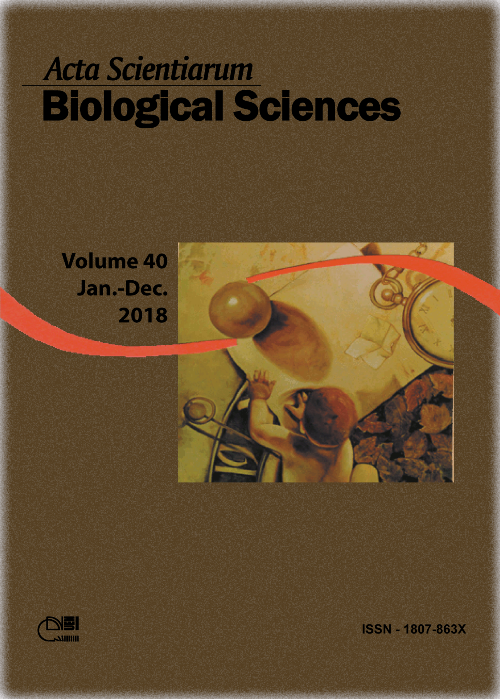<b>Gross anatomy of the intrinsic muscles of the scapular and humeral joint regions in crab-eating fox (<i>Cerdocyon thous</i>, Linnaeus 1776)
Resumo
The crab-eating fox (Cerdocyon thous) is a wild canid with a wide distribution in South America that is susceptible to traumas due to road kills - an event in which some specimens can survive. Therefore, anatomical studies in their thoracic limbs may be a base for rehabilitation. Six dead specimens were donated by Wildlife Rescue Centre of CORPOCALDAS (Environmental Authority of the Department of Caldas in Colombia), which were then filled with silicone rubber via the common carotid artery, and later fixed with formaldehyde through the external jugular vein. One male was dissected in fresh, and after a week, the others were dissected on the scapular and humeral joint regions. The intrinsic muscles of these regions in the crab-eating fox were homologous to domestic dog, with similar characteristics in terms of shape, origin, insertion, innervation and arterial blood supply. However, the crab-eating fox did have some differences, such as its supraspinatus muscle being conformed by two bellies and attached into the articular capsule of the humeral joint in same manner as the subscapularis muscle, thus conferring greater stability to the humeral. However, the clinical and surgical approaches that must be performed in this region may be homologous to the domestic dog.
Downloads
DECLARAÇÃO DE ORIGINALIDADE E DIREITOS AUTORAIS
Declaro que o presente artigo é original, não tendo sido submetido à publicação em qualquer outro periódico nacional ou internacional, quer seja em parte ou em sua totalidade.
Os direitos autorais pertencem exclusivamente aos autores. Os direitos de licenciamento utilizados pelo periódico é a licença Creative Commons Attribution 4.0 (CC BY 4.0): são permitidos o compartilhamento (cópia e distribuição do material em qualqer meio ou formato) e adaptação (remix, transformação e criação de material a partir do conteúdo assim licenciado para quaisquer fins, inclusive comerciais.
Recomenda-se a leitura desse link para maiores informações sobre o tema: fornecimento de créditos e referências de forma correta, entre outros detalhes cruciais para uso adequado do material licenciado.












1.png)




3.png)













